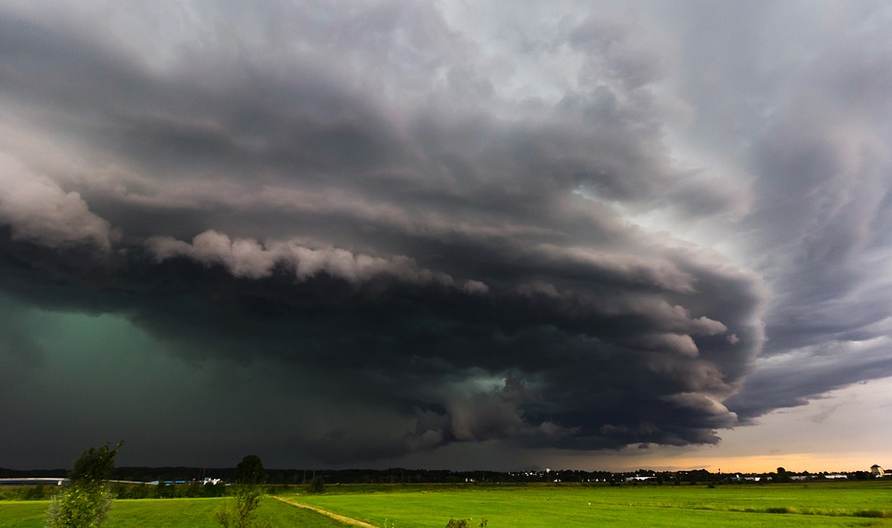Forecast suggests US severe weather losses could run on par with 2023: BMS

With insurance industry losses from US severe weather events having already surpassed $10 billion this year and the toll from many events still being calculated, Andrew Siffert, Senior Meteorologist at insurance and reinsurance broking specialist BMS, has warned that forecasts for the coming days and weeks could take the toll on par with last year.
Siffert highlights that over the last five years, industry losses from severe weather, so convective storms, tornadoes, hail and wind events, have totalled, on average, $14 billion.
Once this years events that have already occurred have all been fully calculated and their losses tallied, it is possible the total will be approaching that level.
Last year saw a record $21 billion of severe weather losses in the first four months of 2023, Siffert explains.
“This year, there have already been four $1B+ loss events due to severe weather for the insurance industry, while last year, there had been six $1B+ events by the end of April,” he states in his latest blog post for BMS.
But cautions that, “Given the forecast and a few days left in the month, there is a good chance the insurance industry could round out the months with some significant loss events that put 2024 on par with 2023.”
Importantly, Siffert highlights the importance of location to the level of insurance and any reinsurance industry losses that are experienced.
Tornado counts are running slightly below average at 347 (below the 410 average for 2005-2023), and two major outbreaks on March 13-15 and April 1-2, accounted for 150 tornadoes.
Hail counts are also running behind the average at 1,183 (the average being 1,665 for 2005-2023).
But, wind damage reports from thunderstorms are just above the average at 2,184 (the average being 2,081 for 2005-2023).
“This variability in severe weather events underscores the importance of location in determining insurance losses.,” Siffert says.
He expands, “The location of these events plays a crucial role in determining insurance losses. While tornado and hail counts are slightly below average this year, hail wind damage reports are about average, but really, two major outbreaks driving the majority of the insurance loss during the first four months.”
March through May is when the United States severe weather season typically ramps up, with May seen as the accepted peak.
Given the forecasts, Siffert warns, “Like clockwork, the insurance industry should expect some big outbreaks over the next few weeks,” but again highlights that “what matters, though, is where the severe weather occurs.”
“This year, the severe weather hot spots seem focused early within the Midwest, Ohio River Valley, and along the Gulf Coast. Also, remember that hail typically causes 50% – 80% of the overall insured loss from severe weather perils, while the tornado risk drives the longer tail occurrence of loss for the insurance industry,” Siffert said.
Siffert explains that forecasts are suggesting a very active period of US severe weather through the end of this month.
“The forecast calls for a very active period (April 25 – April 29) of severe weather across the central U.S. This is all due to a series of short waves in the jet stream that will move across the U.S. These waves allow kickers of cold air to slide south and east, which will collide with warm, moist air from the Gulf of Mexico. When combined with the jet stream momentum aloft, this could boost wind shear or cause a change in wind speed and/or direction with height. In turn, these factors could foster spinning storms, allowing for potentially memorable tornadoes to form over more traditional parts of Tornado Alley,” he explained.
He went on to note that some analogs for the next few days forecasts “might be eye-opening for the insurance industry,” going on to say that “The long-range forecast models suggest this active pattern of severe weather could continue into the first two weeks of May.”
Concluding, “As the storm clouds gather and the sequel to Twister looms, Mother Nature is about to unleash a whirlwind of excitement and awe on the insurance industry. Buckle up!”






